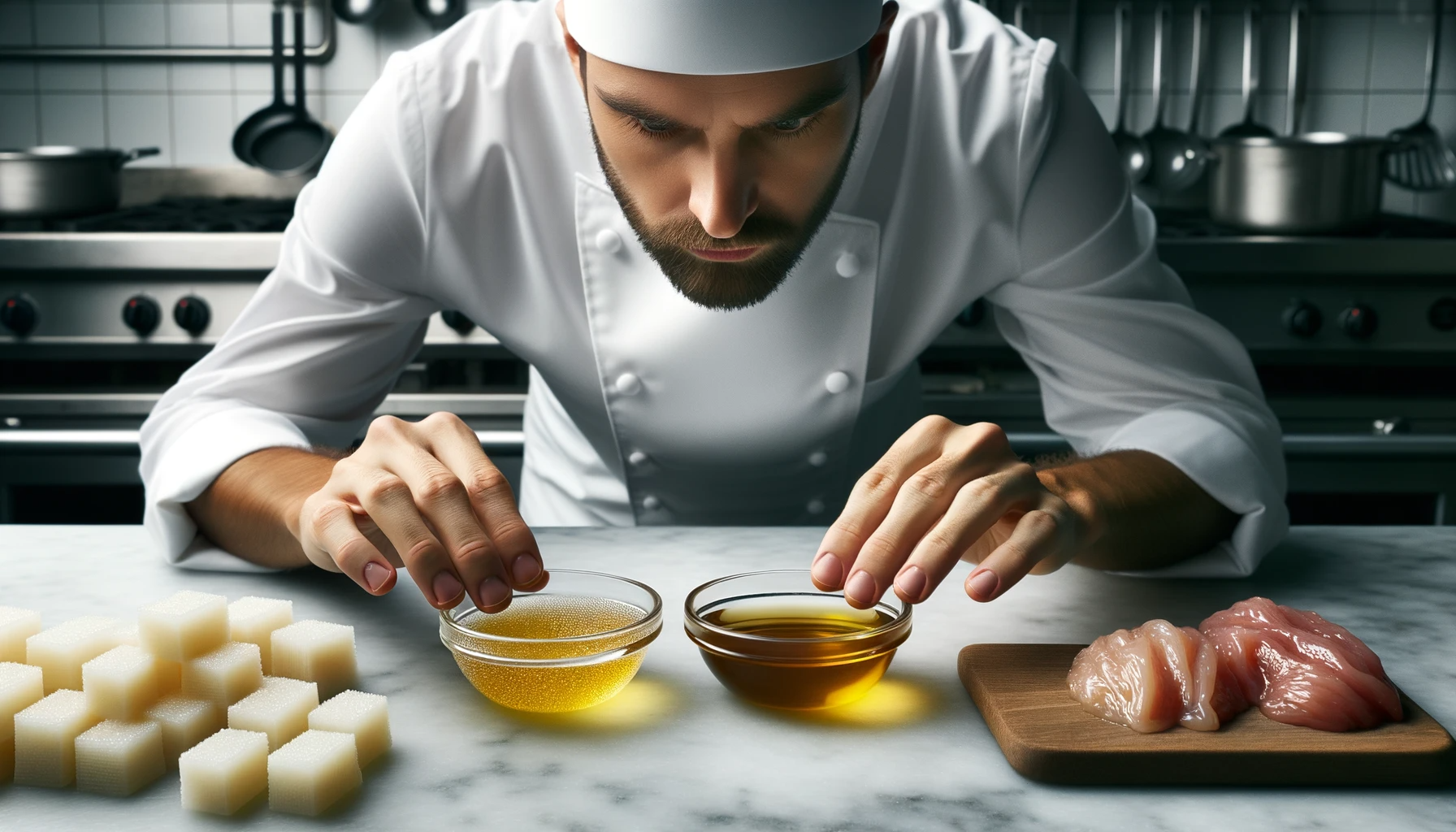In a recent study published in the journal LWT, scientists discuss the potential advantages of using duck fats in the food industry.
The current review included 56 research papers and 17 review papers related to duck fats and their application in the food industry. Most of these articles were obtained from databases such as PubMed.

Study: Duck fat: Physicochemical characteristics, health effects, and food utilizations. Image Credit: Generated using DALL.E.3
Importance and sources of fats in the food industry
Oils and edible fats are essential to the human diet, providing energy and nutritional components like essential fatty acids. These products are used for frying, cooking, and food additives.
Fats also act as a precursor for producing prostaglandins and steroid hormones. Several fat-soluble vitamins are essential for human functions.
Plant-derived edible oils are liquid at room temperature and contain nutritional properties. Most edible fats and oils are derived from sunflower seed, cottonseed, olive, soybean, and palm.
In contrast, edible fats derived from animals such as pork, sheep, and beef are solid at room temperature. Animal-derived fats are obtained from caul, kidney, tissue, and skin.
Every year, about 100 million tons of animal by-products are produced by the meat industry and used as food ingredients. These by-products are also wasted, burned, or transformed into value-added products.
The excessive consumption of saturated fats promotes adverse effects on human health, particularly manifestations of cardiovascular diseases (CVDs). As a result, researchers have investigated alternatives to saturated fats in processed food, which could reduce the disease burden linked to CVDs.
Although vegetable oil can replace saturated fats, these oils are associated with sensory deterioration. Vegetable oil also provides higher emulsion stability, is prone to oxidation, and is sensitive to thermal shock.
The health properties of duck fats
Duck meat consumption has increased rapidly worldwide, which has led to an increased production of duck by-products. Similar to other animal by-products, duck by-products significantly contribute to environmental pollution when not properly managed.
To minimize environmental pollution and waste, scientists have transformed duck by-products into food material. Proteins extracted from this by-product are rich in gelatin, collagen, and peptides.
The high melting point of duck eggs promotes an increased coating rate. This melting behavior could be attributed to its fatty acid composition and the presence of the β form among the polymorphic forms.
The fat content of a duck is affected by its diet. For example, ducks fed with polyunsaturated fats like omega-3 fatty acids exhibit high levels of eicosapentaenoic acid and docosahexaenoic acid in their fat.
The proportion of unsaturated to saturated fatty acids in edible fats and oils is crucial for human health. Duck fats exhibit a unique fatty acid composition that includes low levels of saturated fatty acids, high levels of unsaturated fatty acids, and high oleic acid content. In contrast to animal fats, duck fatty acid composition offers potential health benefits to humans.
Duck fat in the food industry
Few studies have investigated the potential application of duck fats. However, some studies have indicated that as compared to vegetable oils, duck fats possess improved thermal, physical, and oxidative properties.
One German study revealed that the utilization of duck fat and κ-carrageenan could serve as an alternative to pork and beef fats. Duck fat does not alter oxidative and physicochemical properties nor influence sensory deterioration.
Margarine is a water-in-oil emulsion product based on different types of vegetable oil. This compound undergoes hydrogenation for optimal thermal and oxidative stability.
During the production of margarine, trans fatty acids are produced that increase the risk of CVDs. Interestingly, a recent study highlighted that the addition of duck fat to margarine reduces the synthesis of trans fatty acids and improves oxidative stability.
Duck fats could be used as encapsulation materials and oleogel. Edible oleogels are used in bakeries, confectioneries, spreads, and dairy and meat products.
Oleogels are synthesized using liquid oils and oleogelators like phospholipids, waxes, phytosterols, and alcohol. Duck fat-based oleogels exhibit improved stability and quality.
Duck fats have high levels of unsaturated fatty acids and, as a result, could provide desirable health benefits to humans.
The unfavorable odor of duck fats is associated with the presence of various volatile compounds, including trans-4,5-epoxy-(E)-2-decenal, 4-methyloctanoic acid, and 1-octen-3-ol. Encapsulation technology could be applied to reduce the negative sensory acceptance of duck fats, thereby increasing the acceptance of duck fat as a functional food.
Conclusions
Duck fats extracted from by-products could serve as a vital source of edible fats.
Compared to other animal-derived fats, duck fats contain a high concentration of unsaturated fatty acids. The high oleic acid content of duck fat promotes better oxidative stability during storage.
Journal reference:
- Shin, D., Kim, Y. J., Choi, Y., et al. (2023) Duck fat: Physicochemical characteristics, health effects, and food utilizations. LWT. doi:10.1016/j.lwt.2023.115435
Article Revisions
- Oct 23 2023 - Main article image replaced